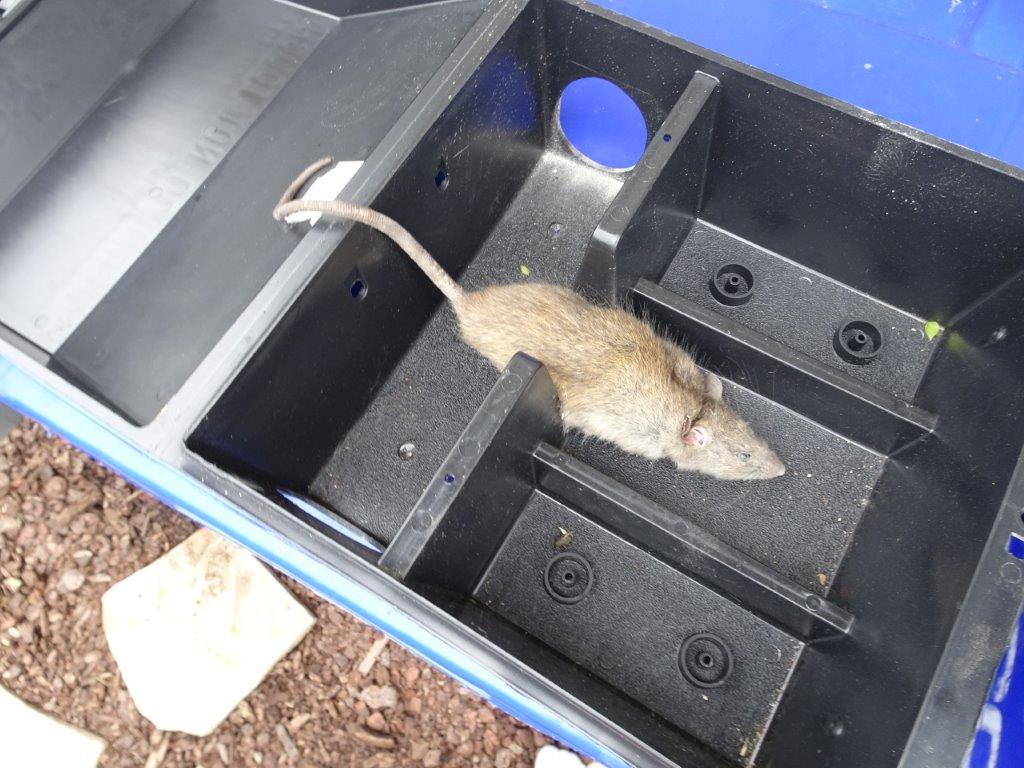Rats use their tails in a variety of ways, but the main purpose behind a rat's strong and long tail is for
assisting with balance. It is an extension of their spine - a column of vertebrae that extends out, and it can
measure their body length again. So, if a rat is six inches long, its tail can be six inches long also.

With three layers - bone, tendons and skin, tails are often used as a way to resolve body temperature issues as well as balance. It is an area of the body that is not covered with fur, and this means that it serves as an organ for heat loss. When the rat gets too warm, the blood vessels found within the tail (and they are plentiful) get bigger and swell up, allowing lots of warm blood to circulate through and cool down a bit. When the rat gets cold, on the other hand, things work in the opposite way. The blood vessels shrink, and this prevents the flow of blood to the tail. When the blood doesn't flow through the tail, it doesn't cool down and the rat can retain its preferred natural body temperature. This temperature-adjusting action can actually determine the length the tail will grow. In hotter temperatures, for example, the tails are often noted to be longer. This is to allow for more surface area, and therefore a faster and more impactive cooling nature. Rats that live in cooler climates tend to have slightly shorter tails. They do not need this surface area to help cool them down, because things are already cool enough.
Rats can't grab things with their tails, but they are important to help them survive. Without this, not only would they not be able to warm up or cool down where necessary, they also would struggle to get around quite as much as they do. Trees would be impossible to climb trees or telephone poles quite as nimbly as they do with a tail, and they would struggle to do basic functions too. Even during eating, the tail of the rat is curled up. This is to keep the animals center of gravity whilst it is upright and feeding.
Go back to the Rats in the Attic home page.









